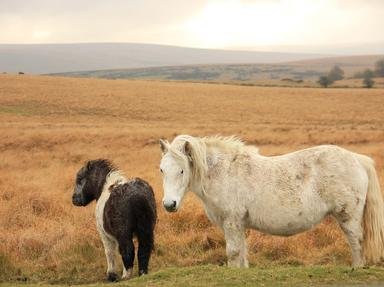Quiz Answer Key and Fun Facts
1. Which species of deer, with short pronged antlers, has thriving populations in Glasgow, Bristol and Manchester among other cities?
2. Of which red necked animal is there a good sized feral population on the Isle of Man, initially introduced by accident in 1970?
3. In 2012, road kill in Powys confirmed that which animal, related to the badger and common in Scotland but not seen in Wales since 1971, was indeed back?
4. Also known as the South China field mouse, which mouse is usually found in mountainous areas of southern Europe but also inhabits large areas in the south of England?
5. Much maligned, and once hunted on horseback with packs of dogs, which UK mammal, has adapted to urban life and is a regular nocturnal forager in most UK towns and cities?
6. The grey seal is the larger of the two species of seal found in UK waters.
7. If you are outdoors at night in UK you could well see a pipistrelle, but what is a pipistrelle?
8. What is the only species of wild feline that can be found in UK in the early twenty-first century?
9. A huge 2016 survey put the number of this aquatic mammal in the North Sea at 335,000, by far the most abundant of any aquatic mammal off the coast of the UK. Which animal is this, which is often attacked by bottle nosed dolphins and grey seals?
10. There are five types of this insectivore found in the UK: the common, the pygmy, the water, and the greater and lesser white toothed. Which mammal is this?
Source: Author
480154st
This quiz was reviewed by FunTrivia editor
rossian before going online.
Any errors found in FunTrivia content are routinely corrected through our feedback system.

